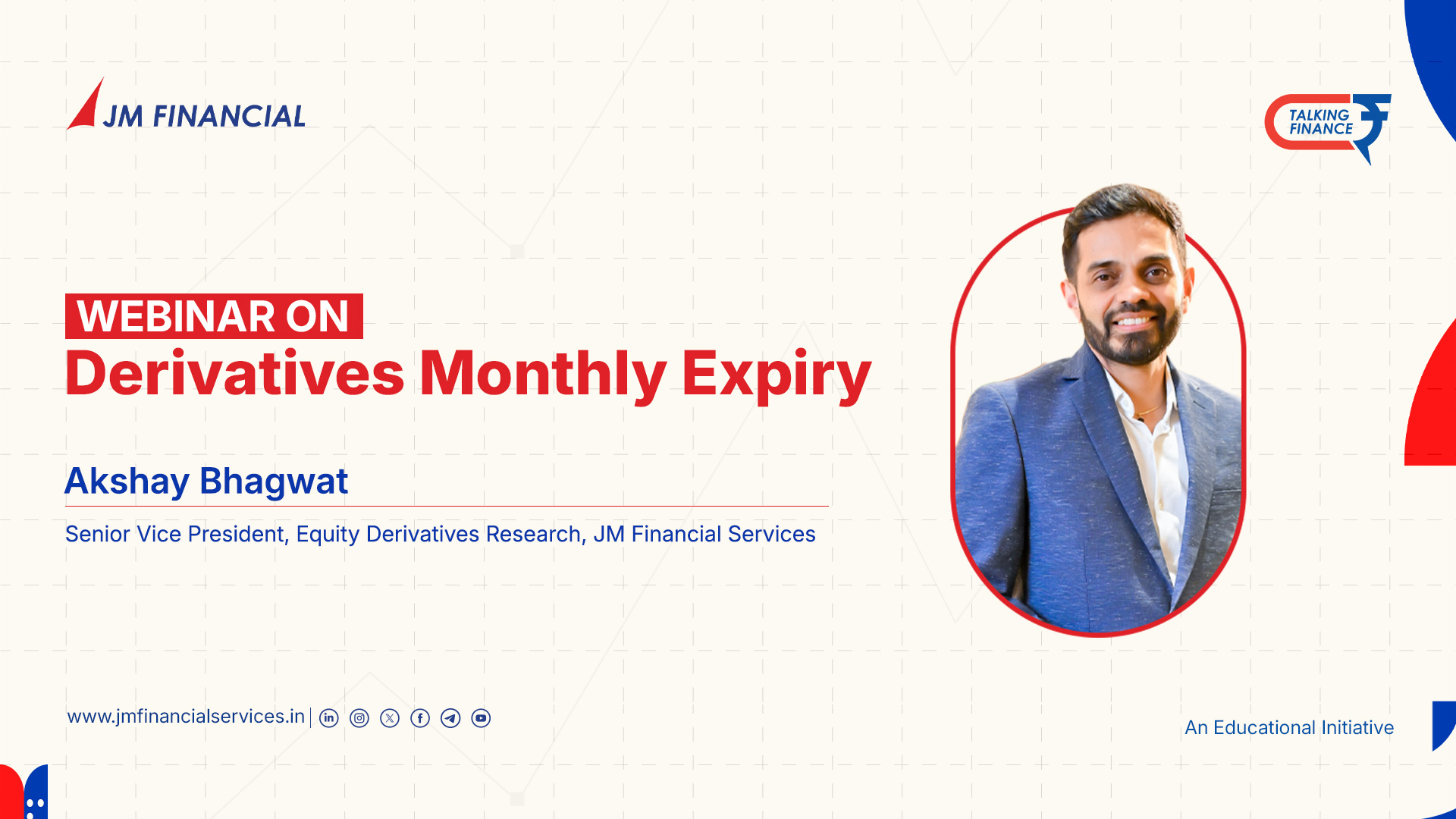Understanding India Vix
If you’ve ever found yourself puzzled by sudden market swings or wondered why your options are priced the way they are, chances are the India VIX holds the answer. Often called the Fear Gauge, India VIX is a vital tool for traders and investors alike—especially in uncertain markets.
In this blog, we’ll break it down simply—what India VIX is, how it works, and why it matters for everyday market participants.
What Is India VIX?
India VIX stands for India Volatility Index. It reflects the expected volatility in the Nifty 50 index over the next 30 days. Developed by the National Stock Exchange (NSE), it’s calculated using the order book of Nifty options—basically, it looks at how much people are willing to pay for option contracts and uses that data to estimate upcoming market turbulence.
📈 What Does a High or Low VIX Mean?
- High VIX (e.g., 25% or above): Market participants expect big moves—either up or down. Think of it as the market holding its breath before a big event or reacting to fear, uncertainty, or speculation.
- Low VIX (e.g., below 15%): Signals a calm market, where traders don’t expect major surprises. Ideal for option sellers who benefit from time decay and lower premiums.
🎯 How VIX Affects Option Pricing
The VIX plays a direct role in how options are priced. When volatility is high:
- Options become expensive because the risk of big price movements is higher.
- Conversely, when VIX is low, options tend to be cheaper.
So, if you're wondering why that call or put option seems overpriced—it might be the VIX talking.
🔁 VIX and Market Movement: The Inverse Relationship
Historically, India VIX and Nifty 50 are inversely correlated. That means:
- When VIX goes up, Nifty often drops.
- When VIX comes down, Nifty tends to climb.
Why? Because rising volatility typically comes with fear—panic selling, global uncertainty, or market shocks. When fear subsides, stability returns, and so does market confidence.
⚠️ But There’s a Catch – Event-Based Exceptions
During major global or domestic events—such as elections, Union Budget announcements, or geopolitical tensions—this inverse relationship might break down.
For example, traders might aggressively buy options to hedge or speculate, causing both VIX and Nifty to rise together. This is an exception, not the norm, but it’s important to remember during event-heavy periods.
📊 VIX Trends: A Quick Look at Current Numbers
Let’s talk real numbers for a moment.
- Current VIX: Around 18%
- 1-Year Range: Between 12% (lower band) and 25% (upper band)
- Post-COVID Range: As high as 30%, with lows near 10%
- Average VIX Reading: ~15%
So, what does a VIX of 18% mean today?
It signals a moderately volatile market, where sudden price movements are expected, but we’re not in full panic mode. This is a tricky zone—too high for comfort, too low for serious alarm. In other words, a choppy market.
How to Interpret VIX as a Trader or Investor
Here’s how different market participants can use the VIX to their advantage:
For Traders:
- Option Buyers: High VIX gives room for quick gains but comes with steep premiums.
- Option Sellers: Prefer VIX below 15%—premium is lower, but the market is calmer and time decay works in your favor.
- Futures Traders: Use VIX as a warning signal before making aggressive bets.
For Investors:
- High VIX = Opportunity. If you believe in the long-term fundamentals, market panic might give you good entry points.
- Low VIX = Accumulation phase. Usually, it indicates stability and slow upward growth.
🧭 Strategies Around VIX
Knowing the VIX reading can shape your strategy. For instance:
- VIX Rising? Avoid naked selling of options—risk is high. Prefer hedged strategies like bull call spreads or straddles.
- VIX Falling? Consider writing options for steady premium income.
- VIX Above 25%? Look for signs of a reversal or “capitulation” where panic may soon subside.
- VIX Near 12% or Lower? Tread carefully—markets may be complacent and due for a correction.
🛠️ Final Thoughts: VIX Is Not a Crystal Ball—But It's Close
While India VIX doesn’t tell you which way the market will move, it gives you a powerful clue about how big the move might be. Think of it as a market mood detector—the higher it goes, the more nervous the market gets.
So whether you're trading options, investing for the long term, or just trying to understand market behaviour better, tracking the India VIX is a habit worth building.
- PAN Card
- Cancelled Cheque
- Latest 6 month Bank Statement (Only for Derivatives Trading)





